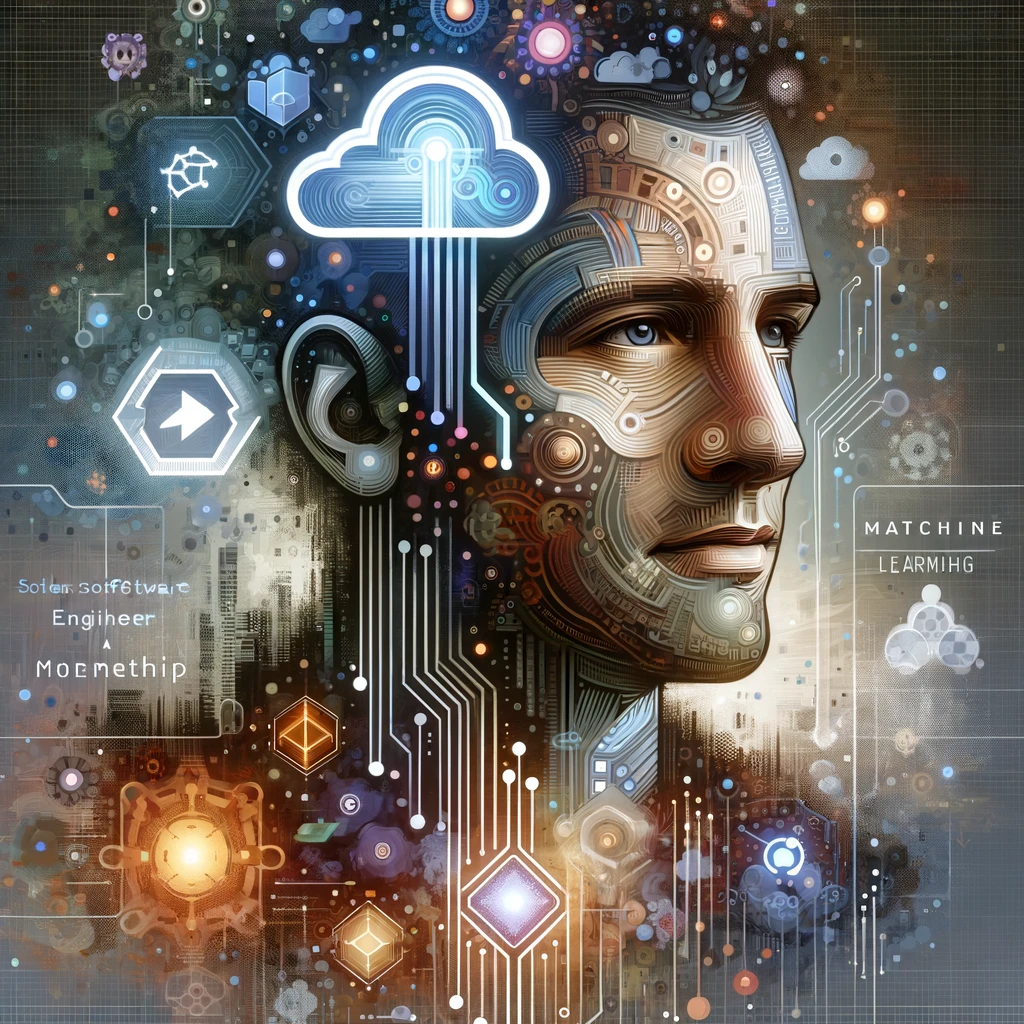Understanding the Components of Distributed Training
 Denny Wang
Denny WangIn distributed training, several key components work together to enable efficient and scalable machine learning. These components include communication libraries, training frameworks, and hardware (GPUs). This blog post introduces these components, their roles, and how they interact to facilitate distributed training.
Key Components and Their Roles
Communication Libraries
NCCL (NVIDIA Collective Communication Library): Optimized for NVIDIA GPUs, providing fast, scalable multi-GPU and multi-node communication.
MPI (Message Passing Interface): A standard library for parallel computing, supporting a wide range of hardware, including CPUs and GPUs.
Gloo: A collective communications library developed by Facebook, efficient on both CPUs and GPUs.
RCCL (Radeon Collective Communication Library): AMD’s equivalent to NCCL, optimized for AMD GPUs.
Horovod: A distributed training framework that abstracts communication complexities, leveraging NCCL, MPI, or Gloo for efficient data exchange.
Training Frameworks
TensorFlow: A comprehensive machine learning framework developed by Google, widely used for training and deploying ML models.
PyTorch: A flexible deep learning framework developed by Facebook, popular in both research and industry.
MXNet: An open-source deep learning framework known for its efficiency and scalability.
Keras: A high-level API for building and training deep learning models, often used as an interface for TensorFlow.
Supported GPUs
NVIDIA GPUs: Dominant in the market, supported by most frameworks and communication libraries.
AMD GPUs: Supported through specific libraries like RCCL and the ROCm platform.
Intel GPUs: Emerging support primarily through Intel’s own ecosystem and oneAPI.
Compatibility Matrix
The table below summarizes the compatibility of different training frameworks with various communication libraries and their support for different GPUs.
| Training Framework | NCCL (NVIDIA) | MPI | Gloo | RCCL (AMD) | Horovod | NVIDIA GPUs | AMD GPUs | Intel GPUs |
| TensorFlow | Yes | Yes | Yes | Limited | Yes | Yes | Limited | Limited |
| PyTorch | Yes | Yes | Yes | Limited | Yes | Yes | Limited | Limited |
| MXNet | Yes | Yes | No | Limited | Yes | Yes | Limited | Limited |
| Keras | Yes (via TF) | Yes | Yes | Limited | Yes (via TF) | Yes (via TF) | Limited (via TF) | Limited (via TF) |
Roles of Each Component in Distributed Training
Communication Libraries
NCCL: Ensures efficient communication between NVIDIA GPUs within and across nodes, optimizing collective operations like all-reduce.
MPI: Provides versatile communication support for both CPU and GPU clusters, facilitating message passing and collective operations.
Gloo: Offers efficient collective communication for both CPU and GPU, often used in PyTorch for distributed training.
RCCL: Optimizes communication between AMD GPUs, providing similar functionality to NCCL.
Horovod: Abstracts the underlying communication complexities, supporting TensorFlow, PyTorch, and MXNet, and choosing the best communication strategy (NCCL, MPI, or Gloo).
Training Frameworks
TensorFlow: Handles model definition, training loop, and integration with communication libraries for distributed training.
PyTorch: Provides flexible model building and training, with robust support for distributed training using communication libraries.
MXNet: Efficient and scalable, MXNet supports distributed training with integration to NCCL, MPI, and Horovod.
Keras: High-level API that can leverage TensorFlow for distributed training, integrating with underlying communication libraries.
Summary
Distributed training involves a coordinated effort between training frameworks, communication libraries, and hardware. Each component plays a crucial role in ensuring that data is efficiently processed and synchronized across multiple GPUs and nodes. The compatibility matrix provides a quick reference to understand which frameworks and libraries can be used together, and their support for different types of GPUs. By selecting the right combination of these components, you can optimize your distributed training workflows for performance and scalability.
Subscribe to my newsletter
Read articles from Denny Wang directly inside your inbox. Subscribe to the newsletter, and don't miss out.
Written by

Denny Wang
Denny Wang
I'm Denny, a seasoned senior software engineer and AI enthusiast with a rich background in building robust backend systems and scalable solutions across accounts and regions at Amazon AWS. My professional journey, deeply rooted in the realms of cloud computing and machine learning, has fueled my passion for the transformative power of AI. Through this blog, I aim to share my insights, learnings, and the innovative spirit of AI and cloud engineering beyond the corporate horizon.